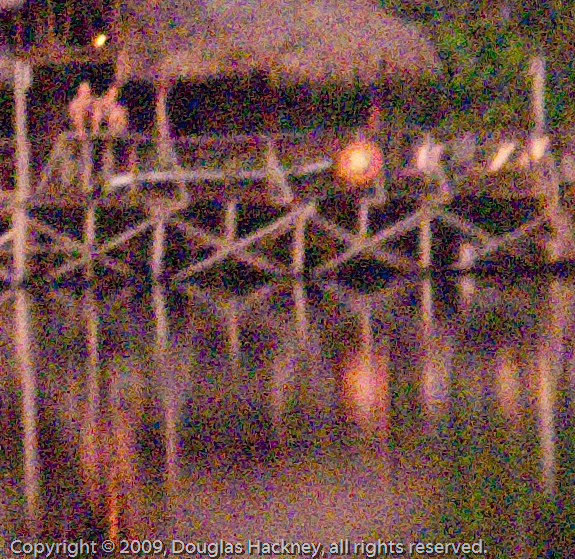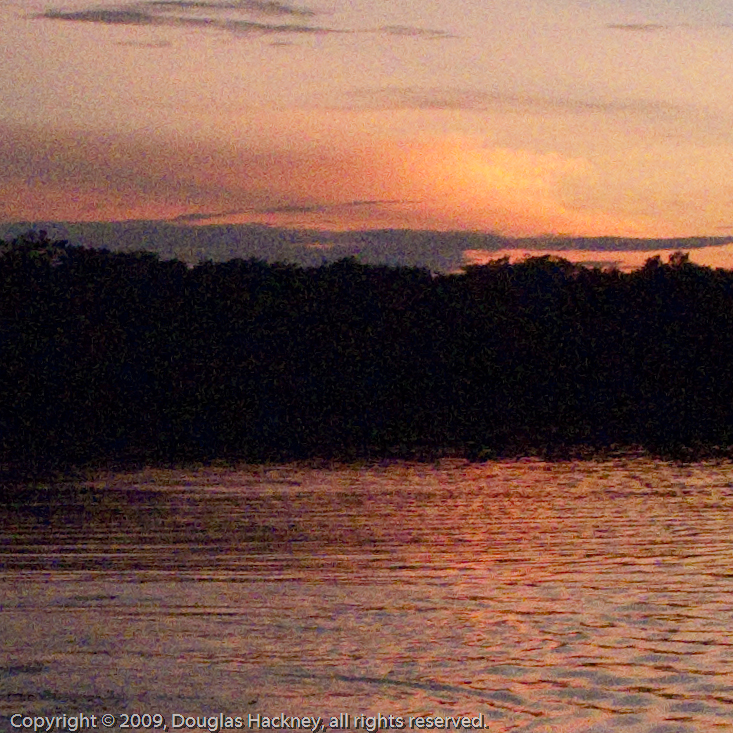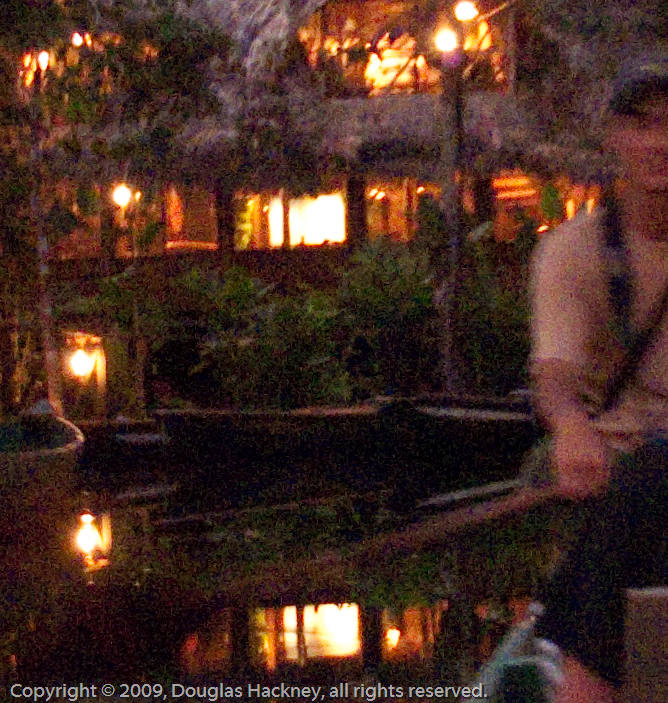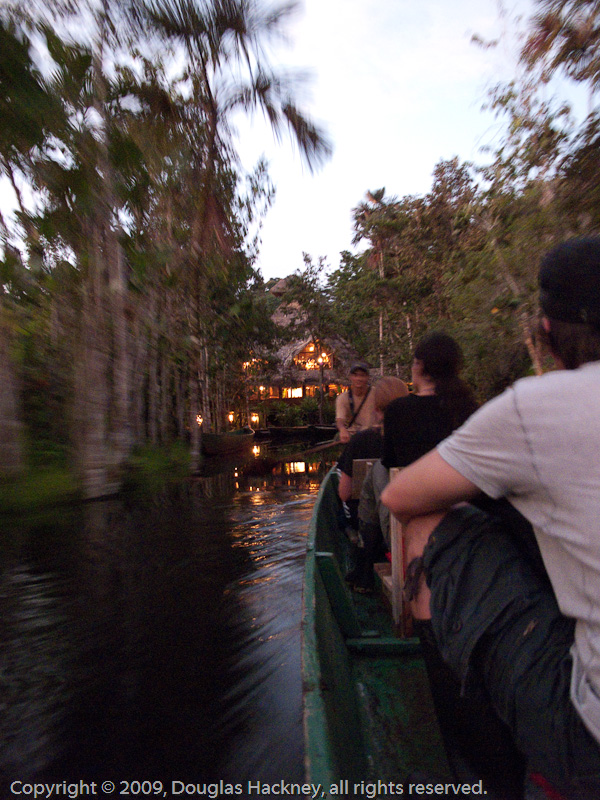You are using an out of date browser. It may not display this or other websites correctly.
You should upgrade or use an alternative browser.
You should upgrade or use an alternative browser.
Canon Powershot G10
- Thread starter cshontz
- Start date
Photog
Explorer
With the extra megapix (14Mp), you should be able to do a slight crop, and end up with a similar res image and size as the G9 produces (at full zoom) with its 12 megapix sensor.
One thing you can not do with a 35mm lens, is create a 28mm type image.
The G10 increases your opportunities over the G9.:coffeedrink:
One thing you can not do with a 35mm lens, is create a 28mm type image.
The G10 increases your opportunities over the G9.:coffeedrink:
Redline
Likes to Drive and Ride
I would like to know that too, maybe my wife will get my hand-me-down almost new G9 and I will get the G10 instead of buying her a G9 of her own.
GaryMc said:Did I miss the release date?
GaryMc
Explorer
Redline said:I would like to know that too, maybe my wife will get my hand-me-down almost new G9 and I will get the G10 instead of buying her a G9 of her own.
A little Google research shows an October release. :sombrero:
24HOURSOFNEVADA
Expedition Leader
Is it wrong of me to return my 13 day old G9 to Bestbuy (Where I bought it and they price matched the internet) and wait for the G10 to come out?
I think I will.
I think I will.
Redline
Likes to Drive and Ride
Wrong, that's your call. Is it used...
I know I would like to have a G10 but my G9 has been working very well for me, filling a much needed void, an everyday carry camera that I haven't had in a while. Though I will like to have wide/28-mm (equivalent) with the G10, there are some advantages to having the extra telephoto reach of the G9. It depends on how you shoot.
I know I would like to have a G10 but my G9 has been working very well for me, filling a much needed void, an everyday carry camera that I haven't had in a while. Though I will like to have wide/28-mm (equivalent) with the G10, there are some advantages to having the extra telephoto reach of the G9. It depends on how you shoot.
24HOURSOFNEVADA said:Is it wrong of me to return my 13 day old G9 to Bestbuy (Where I bought it and they price matched the internet) and wait for the G10 to come out?
I think I will.
Photog
Explorer
GaryMc said:My G10 will be here tomorrow!:sombrero:
Congrats. Let us know how it feels, looks, and if it is user friendly.
lostworldexpedition
Explorer
Any updates on the G10 performance?
I just read the extremely thorough review at DPReview, but I was wondering if any EXPO members have had some hands on... I have a Panasonic TZ4 as my secondary shooter. I really enjoy the TZ4 and it provides good results, but I need something a little more on the pro-sumer level. G10 sounds like it may fit the bill.
I just read the extremely thorough review at DPReview, but I was wondering if any EXPO members have had some hands on... I have a Panasonic TZ4 as my secondary shooter. I really enjoy the TZ4 and it provides good results, but I need something a little more on the pro-sumer level. G10 sounds like it may fit the bill.
Last edited:
dhackney
Expedition Leader
Any updates on the G10 performance?
When we returned from SA for a visit to the states for the 2008/09 holidays I was considering a 5DmkII with a fast prime or two. It didn't look like I was going to be able to get one before we came back down here, so I picked up a G10.
Sounds like quite a delta, eh? It's a looooong ways from a 5DmkII to a G10, but here's how I ended up with one. I was looking for a good camera I could put into our console and always have at hand to shoot from the cab. My 1DmkIII is too big and heavy to carry up there with my normal 28-300 L lens. I also wanted something smaller, lighter and less obvious when I jumped out of the cab to shoot in an urban or market setting. I wanted something that had some pro level features so I could have some creative control.
After handling the 5DmkII and considering the need for another sizable charging system, etc., I decided to go in a completely different direction with the G10.
I have very fond memories of shooting with Leicas back when I was a pro shooter. The thought of a small, lightweight, quiet camera that was a little larger than pocket size appealed to me.
OK, the G10 fails on the lightweight criteria, but I thought it was reasonably close on the others. Plus, at its price point, I wasn't risking much compared to a 5DmkII and some fast L primes.
Here's how things worked out.
I've got a couple of thousand shots into the body over the last few months. I've shot everything from a little kid's birthday party to landscapes to cathedral interiors to shrines to exteriors to Amazon jungle to the Galapagos.
Ruggedness: It's stood up to some light rainforest rain, 100% humidity, salt water spray, very high heat and all other environmental factors I've thrown at it.
Live-ability: It's a luggable camera. I wear it on a belt pack and I put a wrist strap from one of our old pocket cameras on it. I did not install the neck strap.
Feel: It's a heavy piece and gives the feeling of a solid mass, like it was carved from a solid chunk of qualitium. It has that aura of quality until you operate some of the controls, which don't match that sense with their tactile feedback, particularly the shutter button.
Stealth: It looks like just another tourist camera.
Features: You will never, ever use all the features of this camera. Even if you stay up all night and read the manual, or do it on the plane to the Galapagos as I did. There's a solid range of useful creative control, semi-pro stuff and the usual boatload of cutesie "only a Japanese teenager could possibly find this useful" features.
Battery life: Excellent. I don't have an average, real-world shot count. I've got two spare batteries and that is plenty. Charger is a slightly larger version of the type used with the SD pocket camera line.
IS performance: Good to very good. I was able to hand hold 1/2 second shots for some settings.
Ergonomics: Very good. The direct access via dials/knobs to exposure comp, iso, etc., is excellent. I found the rear panel control dial to be a bit dainty for my hands and fingers, especially when using it for fine controls, but it is liveable. Some form of rolling dial near the shutter release, such as on an EOS body, would be better for camera control. The exposure bias dial lacks a lock, so you need to keep an eye on it to make sure it hasn't been knocked or turned to another setting.
Image quality: Good if you stay within the capabilities of the camera, which means no ISO above 400. The glass seems reasonably sharp for this level of camera. You'd have to check a technical review such as DPReview to get the actual performance numbers. For the real world, it's OK.
Biggest disappointment: Shutter lag, processing speed and anything but low ISO image quality. I figured the Digic IV processor would be a big jump, but this camera is not a great leap forward in any regard related to image processing. High ISO quality is dismal. The ISO dial should stop at 400 since anything above that is so grainy it is entirely unusable, even for casual work. The shutter lag in some autofocus modes will make you think you stepped into the way-back machine and woke up with a first generation digital point-n-pray in your hand. Shutter lag is slower than our last and current generation SD pocket cameras. This is not the rangefinder body equivalent of a 50D. It doesn't have anywhere near the imaging performance of a 40 or 50D.
Biggest upsides: RAW files. Pro level creative control possibilities. Stealthy. Decent re-entry point into the rangefinder form factor (packaging).
What it wants to be when it grows up: A rangefinder Leica. I'd settle for a rangefinder body 50D, meaning at least that level of imaging performance.
Bottom line: It serves my purposes, but I will replace it as a console camera as soon as Canon releases something with better imaging performance in this form factor or I will go with my original plan of a 5DmkII (or III or IV or whatever) for that purpose. I really like the rangefinder form factor (packaging), but this camera doesn't have the imaging performance for anything but casual use, at least in my experience.
Examples:

575x559, crop to show full size pixels, no image processing
1/15th sec @ F/4.5, ISO 1600
30.5mm (6.1-30.5mm)

733x733, crop to show full size pixels, no image processing
1/125th sec @F4.0, ISO 800
6.1mm (6.1-30.5mm)

668x703, crop to show full size pixels, no image processing
1/2 sec @f 2.8, ISO 400
6.1mm (6.1-30.5mm)

Full image, 600x800
1/2 sec @f 2.8, ISO 400
6.1mm (6.1-30.5mm)
Last edited:
Michael Slade
Untitled
Doug,
THANK YOU for the real-world feedback. This is a camera that I have wanted for a while now, but it seems that the shutter-lag is a deal breaker for me. I will wait for a nice'n'compact digital rangefinder with an acceptable shutter response.
I have been shooting with a G6 for casual use this fall/winter and I found it to be pretty decent. I was hoping for a stellar review, but will settle for brutal honesty and the disappointment that it brings.
THANK YOU for the real-world feedback. This is a camera that I have wanted for a while now, but it seems that the shutter-lag is a deal breaker for me. I will wait for a nice'n'compact digital rangefinder with an acceptable shutter response.
I have been shooting with a G6 for casual use this fall/winter and I found it to be pretty decent. I was hoping for a stellar review, but will settle for brutal honesty and the disappointment that it brings.
dhackney
Expedition Leader
but it seems that the shutter-lag is a deal breaker for me.
Michael,
Go play with it in a camera store or Best Buy or wherever and see what you think.
Shutter lag is highly dependent on what autofocus mode you've got the camera set to operate in. In some modes, it is amazingly slow. In others it can be tolerable. But in no mode is it as fast as our little SD pocket cameras of current and last generation. Obviously, it is not as fast as Steph's 40D or my 1DmkIII, but that is apples to oranges.
I was hoping for a 50D in a rangefinder body, but it's more like (maybe) a Rebel. I've never used one of those, so I don't know if that is a valid comparison or not.
At any rate, it has been a fun camera for me to have in the console and on my belt, with more creative control than my SD pocket camera. I was just disappointed when it was a lot less than what I was hoping for.
Doug
